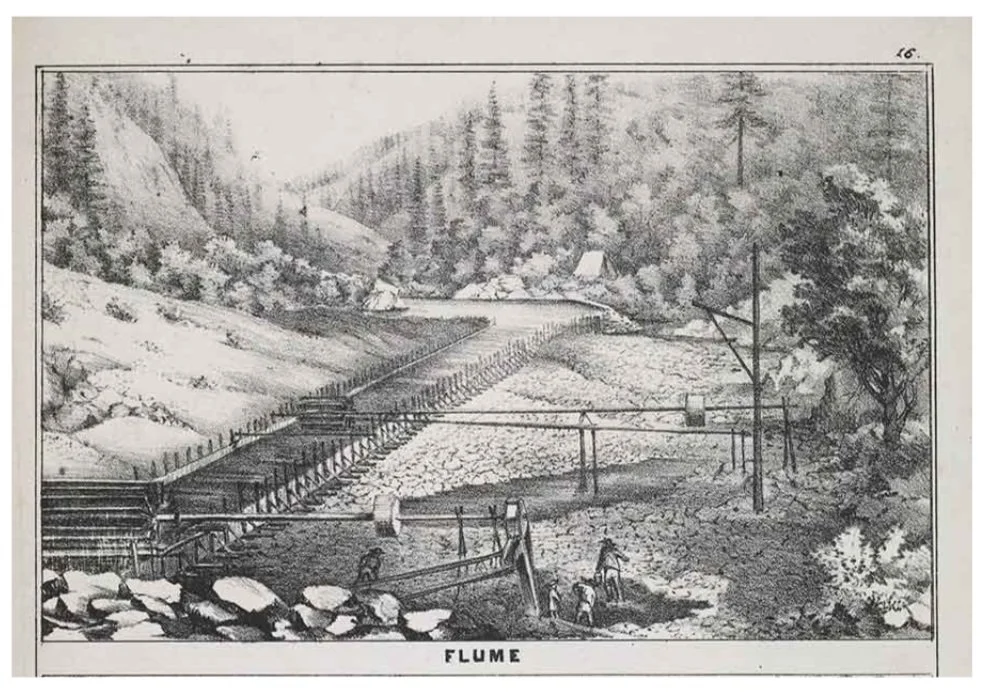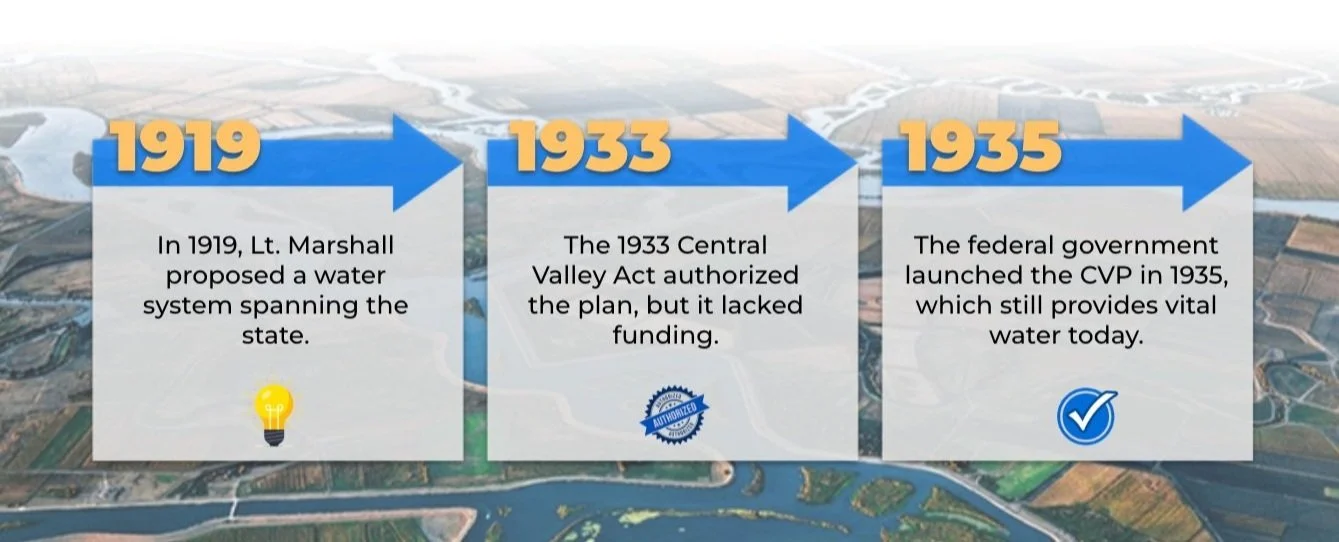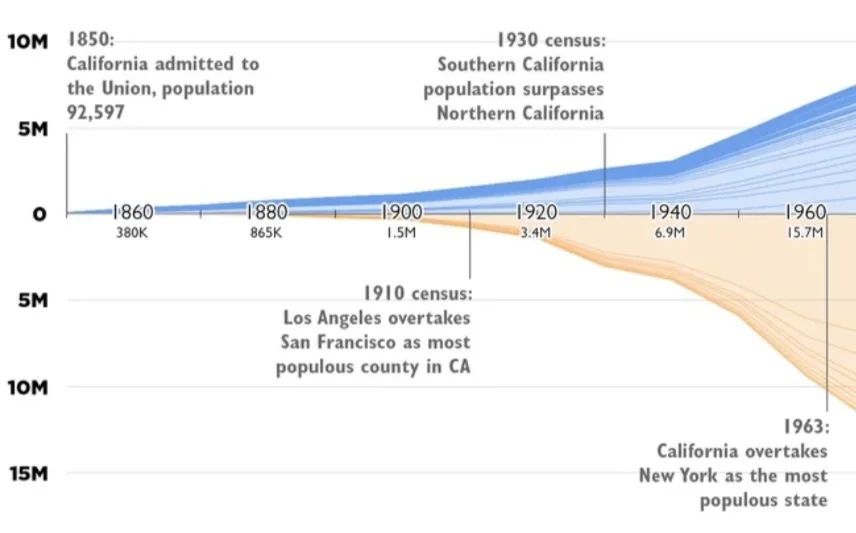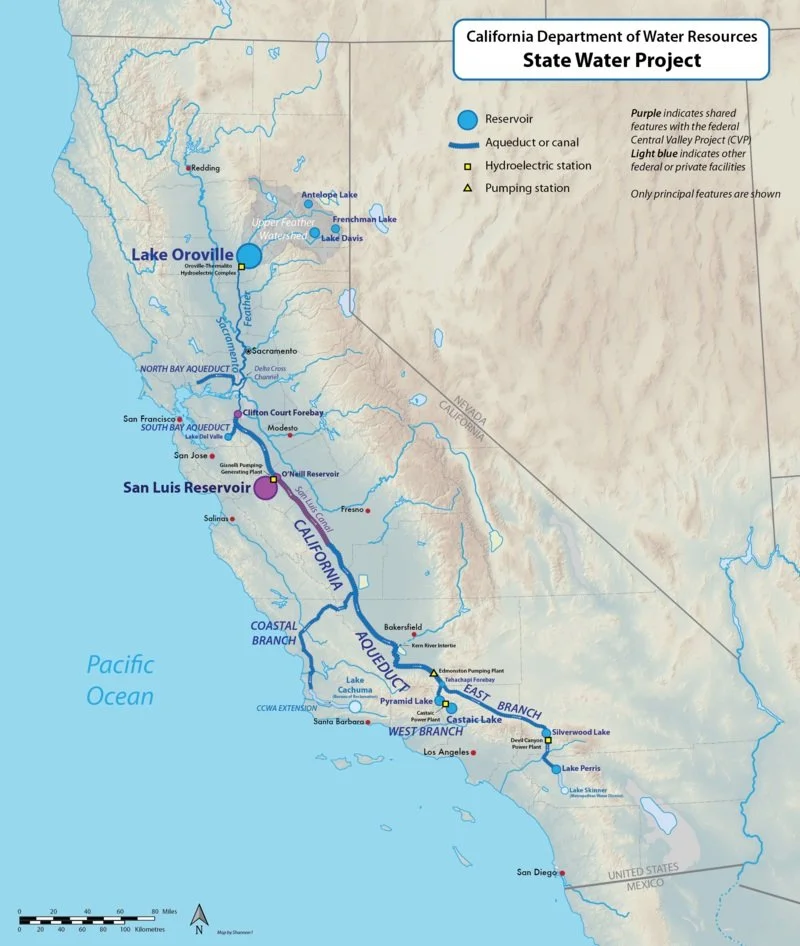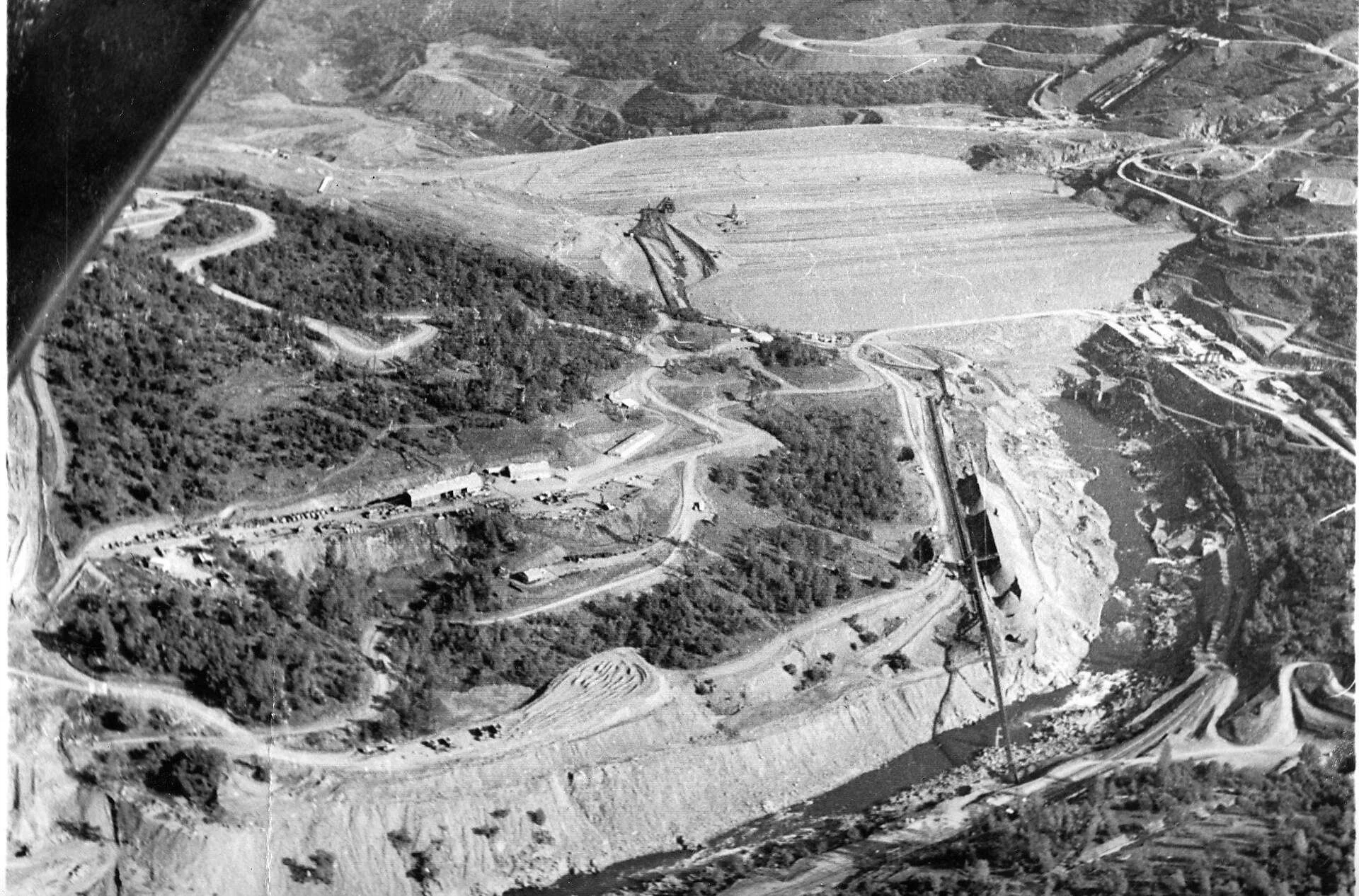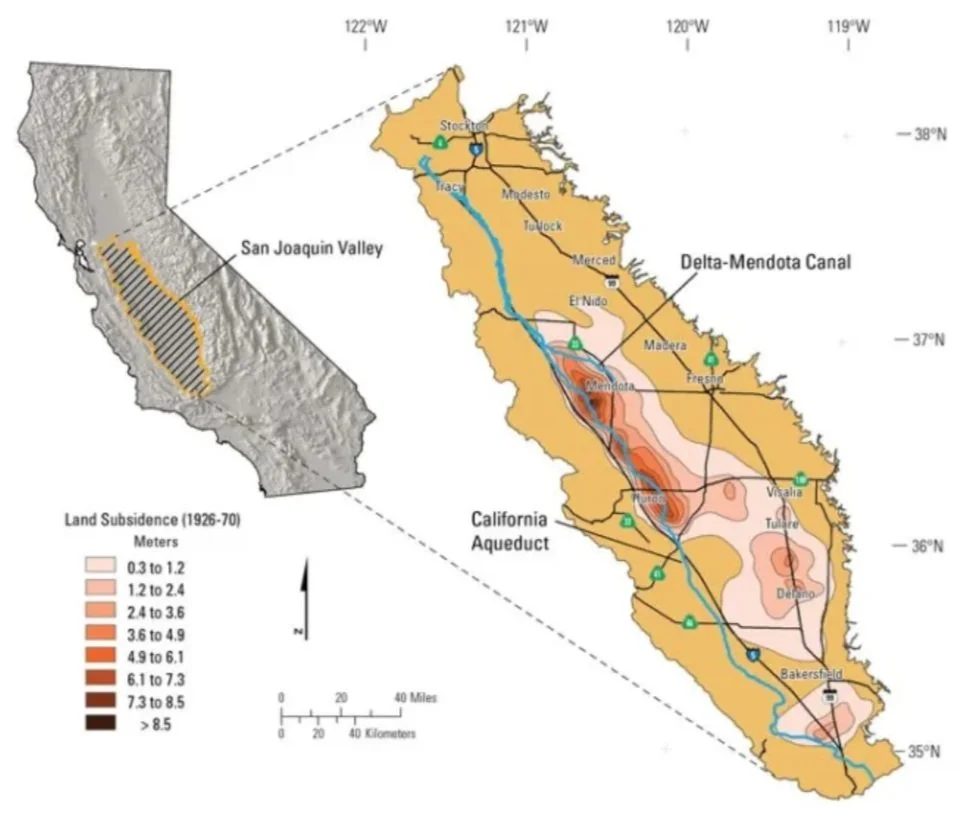HISTORY OF CALIFORNIA WATER
California has one of the most hydrologically engineered landscapes in the world. From gold mining to megacities, water has shaped the state's economic, agricultural, and political evolution.
California’s Water Reality
California transformed arid land into a productive powerhouse through massive water infrastructure.
Despite the engineering marvels, the state constantly faces drought and water shortages.
Understanding the history of development is key to solving modern water challenges.
Early Development - Gold, Farms, and Growing Cities
California’s water story began with gold and agriculture. The Gold Rush demanded water for mining, and when the gold ran out, farmers used aquifers to feed crops.
The Gold Rush & Agricultural Boom
Engineering Begins - Federal and State Investigations
The first coordinated efforts to assess and manage water began in the late 1800s with federal and state-led investigations that laid a scientific foundation for the future.
A State Water Plan is Proposed
As the population surged, the idea of transporting Northern California water to the south was formalized into a plan. The Great Depression stalled it — until the federal government stepped in.
California’s Second Gold Rush - Post-War Water Needs
After WWII, rapid urbanization led to immense water demand. Groundwater was overused, and officials sought statewide solutions.
Growth and the Need for Water Planning
Post-war California experienced explosive urban and agricultural growth.
Groundwater basins were overdrawn, causing land subsidence.
The state issued three bulletins culminating in the 1957 California Water Plan.
The State Water Project Takes Shape
The State Water Project (SWP), proposed through the Feather River Project, was a bold engineering initiative to redistribute water and power statewide.
Key components included Oroville Dam, aqueducts, and power plants.
The SWP was designed to transport water to Bay Area, Central Valley, and SoCal.
Additional elements like the North and South Bay Aqueducts were added by 1957.
Building the Largest Water System in the World
Aerial view of the Oroville Dam, on the Feather River in Butte County. under construction, United Press International photo, 04/16/1966
With funding secured, construction began on the largest state-built water and power system ever attempted.
Construction Begins
Oroville Dam, the tallest in the U.S., began construction in 1957.
California Aqueduct stretches 444 miles, lifting water over the Tehachapi Mountains.
The SWP now includes over 1,500 reservoirs and moves 650 million gallons daily.
Today’s Challenges - A Delicate Balance
Despite our systems, California still faces perpetual drought due to climate change, demand, and geography.
75% of rain falls in the north, but most people live in the south.
Surface water and snowpack are variable; groundwater is being overdrawn.
Subsidence from over-pumping has caused land to sink in the Central Valley.
California’s water legacy is one of innovation, struggle, and constant adaptation. But with climate change intensifying, the state must rethink how it shares and safeguards its most precious resource.

